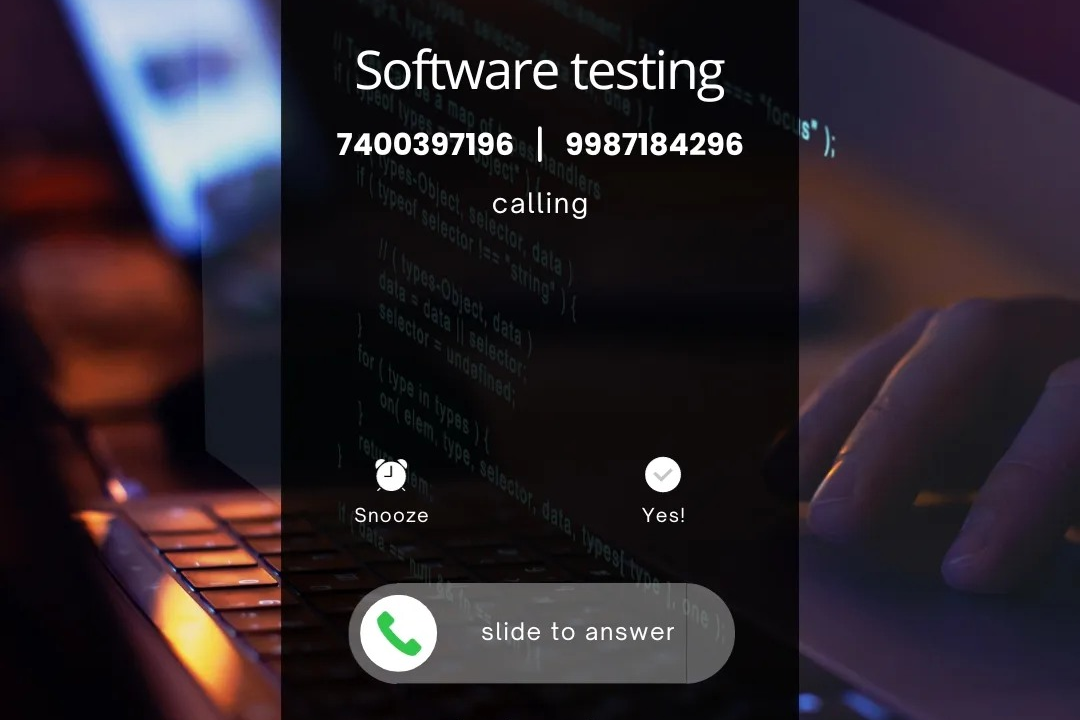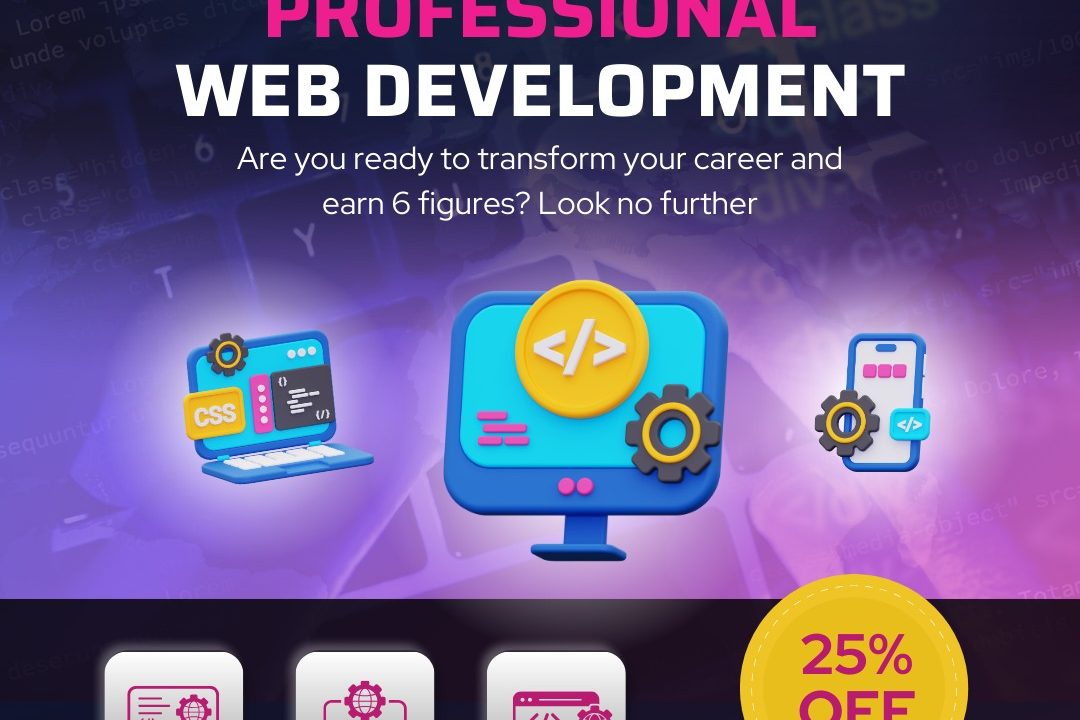Difference between Cloud Computing and Internet of Things
Distinguishing Cloud Computing from the Internet of Things: Key Differences Explained
Difference between Cloud Computing and Internet of Things
Cloud Computing and the Internet of Things (IoT) are two pivotal technologies that complement each other but serve distinct purposes. Cloud Computing provides scalable infrastructure and resources over the internet, enabling businesses and individuals to store and process data remotely without the need for local hardware. In contrast, IoT refers to the network of interconnected devices that collect and exchange data through the internet, facilitating real-time monitoring and automation. Together, these technologies enhance operational efficiency; while cloud computing offers the backbone for data storage and analytics, IoT devices generate the data needed for insights and decision-making. This synergy allows organizations to harness vast amounts of data from IoT devices, store it in the cloud, and analyze it for actionable intelligence, ultimately driving innovation and efficiency across various industries.
To Download Our Brochure: https://www.justacademy.co/download-brochure-for-free
Message us for more information: +91 9987184296
Cloud Computing and the Internet of Things (IoT) are two pivotal technologies that complement each other but serve distinct purposes. Cloud Computing provides scalable infrastructure and resources over the internet, enabling businesses and individuals to store and process data remotely without the need for local hardware. In contrast, IoT refers to the network of interconnected devices that collect and exchange data through the internet, facilitating real time monitoring and automation. Together, these technologies enhance operational efficiency; while cloud computing offers the backbone for data storage and analytics, IoT devices generate the data needed for insights and decision making. This synergy allows organizations to harness vast amounts of data from IoT devices, store it in the cloud, and analyze it for actionable intelligence, ultimately driving innovation and efficiency across various industries.
Course Overview
The “Difference Between Cloud Computing and the Internet of Things” course provides a comprehensive exploration of two transformative technologies shaping modern industries. Through this course, learners will gain a clear understanding of the fundamental principles of cloud computing, including its scalability, storage, and processing capabilities, alongside the core functionalities of IoT, such as device interconnectivity, data collection, and real-time analytics. By examining their distinct roles and interdependencies, participants will develop insights into how these technologies collaborate to enhance operational efficiency, drive innovation, and create new business models. Real-world examples and practical projects will further reinforce the concepts, equipping students with the knowledge to apply these technologies effectively in various sectors.
Course Description
The “Difference Between Cloud Computing and the Internet of Things” course offers an engaging exploration of two key technological paradigms reshaping our digital landscape. Participants will delve into the fundamentals of cloud computing, focusing on its capabilities in data storage, processing, and scalability, while also uncovering the principles of IoT, emphasizing interconnected devices, data collection, and real-time responsiveness. Through practical projects and real-world case studies, learners will comprehend how these technologies intersect, enabling smarter decision-making and innovative solutions across various industries. By the end of the course, students will be equipped with the essential knowledge to leverage cloud and IoT technologies for enhanced business performance and problem-solving.
Key Features
1 - Comprehensive Tool Coverage: Provides hands-on training with a range of industry-standard testing tools, including Selenium, JIRA, LoadRunner, and TestRail.
2) Practical Exercises: Features real-world exercises and case studies to apply tools in various testing scenarios.
3) Interactive Learning: Includes interactive sessions with industry experts for personalized feedback and guidance.
4) Detailed Tutorials: Offers extensive tutorials and documentation on tool functionalities and best practices.
5) Advanced Techniques: Covers both fundamental and advanced techniques for using testing tools effectively.
6) Data Visualization: Integrates tools for visualizing test metrics and results, enhancing data interpretation and decision-making.
7) Tool Integration: Teaches how to integrate testing tools into the software development lifecycle for streamlined workflows.
8) Project-Based Learning: Focuses on project-based learning to build practical skills and create a portfolio of completed tasks.
9) Career Support: Provides resources and support for applying learned skills to real-world job scenarios, including resume building and interview preparation.
10) Up-to-Date Content: Ensures that course materials reflect the latest industry standards and tool updates.
Benefits of taking our course
Functional Tools
1 - Amazon Web Services (AWS): AWS is one of the leading cloud service providers, offering a comprehensive suite of cloud computing services. In this course, students will learn about various AWS components such as Elastic Compute Cloud (EC2), Simple Storage Service (S3), and AWS Lambda. They will experience hands on projects that utilize these tools to deploy applications, manage databases, and analyze data, providing a foundational understanding of how cloud resources are provisioned and managed.
2) Microsoft Azure: Students will explore Microsoft Azure, another major player in the cloud computing arena. Azure's platform offers extensive features, from machine learning services to IoT Hub for connecting devices. The course includes practical sessions where students can create and manage Azure resources, enabling them to understand how to build scalable applications and integrate IoT devices with Azure, crucial for any modern developer or IT professional.
3) Google Cloud Platform (GCP): GCP provides tools and services for cloud computing that help developers efficiently build and run applications. In the course, students will familiarize themselves with Google’s cloud offerings such as Compute Engine and Cloud IoT Core. Engaging with these resources allows learners to develop cloud native applications and understand the integration of IoT data into their services.
4) Node RED: This flow based development tool for visual programming is essential for IoT solutions. Students will learn to utilize Node RED to create applications that connect hardware devices, APIs, and online services. By developing skills in Node RED, learners can significantly enhance their ability to prototype and deploy IoT applications, making it easier to process data and integrate various technological components.
5) Docker and Kubernetes: These technologies are critical for containerization and orchestration in cloud native environments. In the course, students will understand how to use Docker to package applications and Kubernetes to manage those containers at scale. This knowledge is vital for deploying robust cloud applications and managing IoT devices efficiently, making students more adept in modern cloud operations.
6) Raspberry Pi and Arduino: As part of the practical IoT component, students will work with Raspberry Pi and Arduino platforms to create physical devices that interact with the cloud. They will learn to program these devices to send data to cloud services and receive commands, facilitating hands on experience that bridges theoretical knowledge and practical application in real world IoT projects.
7) Internet of Things (IoT) Fundamentals: This module introduces students to IoT concepts, protocols, and architecture. Participants will gain insight into how devices communicate, the importance of data security, and the impact of IoT on various industries. Real time projects will involve deploying sensors and actuators, allowing learners to create smart environments and applications.
8) Data Analytics for IoT: Understanding data is key to enhancing IoT solutions. This course section focuses on data collection, storage, and analysis techniques specifically tailored for IoT applications. Students will work on projects that involve processing data streams using tools like Apache Kafka and visualization platforms such as Tableau or Power BI, enabling them to derive actionable insights from IoT generated data.
9) Machine Learning for IoT: Students will explore how machine learning can enhance IoT applications. They will learn the basics of machine learning algorithms and how they can analyze and predict trends from the data collected by IoT devices. Hands on projects will involve building models that can run on edge devices to make instantaneous decisions based on real world data.
10) Security and Compliance in IoT: With the increase in connected devices, security is paramount. This course component will cover essential security practices, including encryption, secure software design, and compliance with regulations such as GDPR. Students will engage in project work focused on implementing security measures for IoT applications, ensuring they understand how to protect devices and data throughout its lifecycle.
11 - Smart Home Technologies: Participants will learn about the integration of IoT in smart home environments. They will explore various technologies, from smart thermostats to intelligent lighting systems. Projects will involve developing a fully functional smart home model where students can control devices remotely and analyze usage patterns, giving them firsthand experience of the convenience and innovation in modern living spaces.
12) Industrial IoT (IIoT): This section delves into the application of IoT in industrial settings. Students will learn about sensors, data analytics, and automation in manufacturing and supply chain management. Practical projects may include developing smart factory solutions that optimize production processes and enhance operational efficiency, providing insights into how IoT transforms traditional industries.
13) Edge Computing and IoT: Edge computing plays a crucial role in decreasing latency and enhancing the performance of IoT applications. This module covers how to implement edge computing solutions and the advantages it offers. Students will engage in hands on projects that deploy applications at the edge, enabling faster processing of data and more responsive IoT systems.
14) Real time Data Processing: Understanding how to handle and process data in real time is essential for IoT. This module focuses on stream processing frameworks like Apache Flink and Apache Storm. Students will learn how to build applications that can handle live data feeds from IoT devices, enabling them to respond to events as they happen and enhance overall system responsiveness.
15) IoT Project Deployment and Management: This final section equips students with the skills required to deploy and manage IoT projects in real environments. Participants will learn about project lifecycle management, from planning and development to deployment and monitoring. By executing capstone projects, they will experience bringing an IoT solution from concept to reality, preparing them for real world challenges they will encounter in their careers.
Browse our course links : https://www.justacademy.co/all-courses
To Join our FREE DEMO Session: Click Here
This information is sourced from JustAcademy
Contact Info:
Roshan Chaturvedi
Message us on Whatsapp: +91 9987184296
Email id: info@justacademy.co
Aws Interview Questions And Answers
Best Software Testing Training Institute In Chennai With Placement
Python Course Fees In Coimbatore












